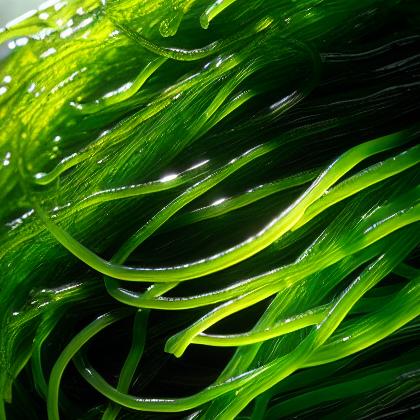Showing results for 'Konbu seaweed'
close
Konbu Seaweed

Kombu is edible kelp from the family Laminariaceae and is widely eaten in East Asia. It may also be referred to as konbu (Japanese), dashima or haidai . Some edible kelps in the family Laminariaceae are not always called kombu, such as arame, kurome (ja) (Ecklonia kurome) or Macrocystis pyrifera. Most kombu is from the species Saccharina japonica (Laminaria japonica), extensively cultivated on ropes in the seas of Japan and Korea. With the development of cultivation technology, over 90% of Japanese kombu is cultivated, mostly in Hokkaidō, but also as far south as the Seto Inland Sea.
Konbu seaweed Properties:
| Food Property | Type | Description |
|---|---|---|
| Flavor Profile | Umami | Konbu seaweed has a strong umami flavor, often described as savory and brothy. |
| Texture | Firmness | Konbu seaweed is known for its firm texture, which can soften when cooked or steeped in liquid. |
| Nutritional Value | Micronutrients | Konbu seaweed is a good source of micronutrients such as iodine, calcium, and potassium. |
| Fiber | Konbu seaweed is high in fiber, which can aid in digestion and promote feelings of fullness. | |
| Color | Natural Pigments | Konbu seaweed has a dark green color due to chlorophyll pigments present in the plant. |
Food Pairing App - Version 1.2.0
